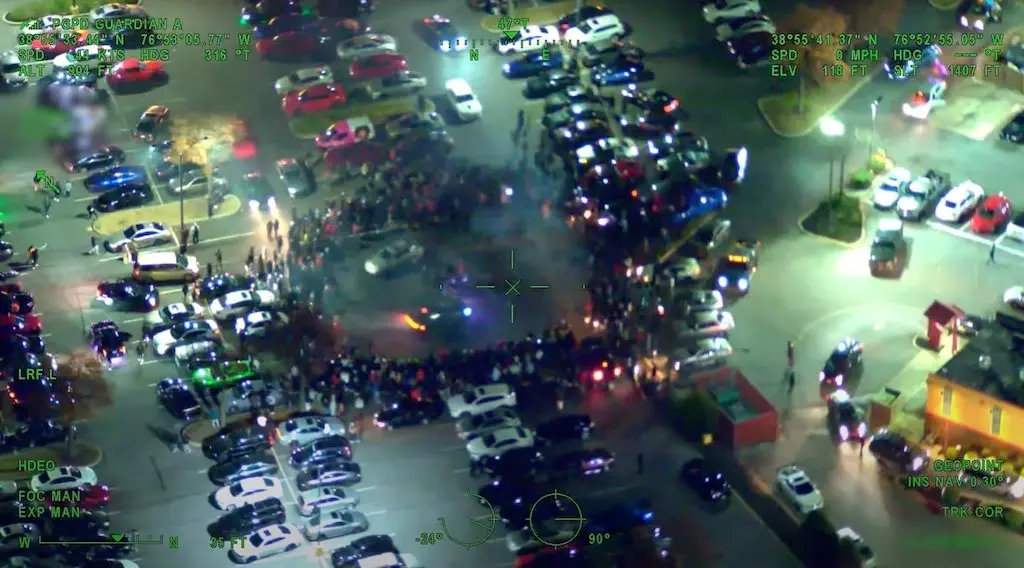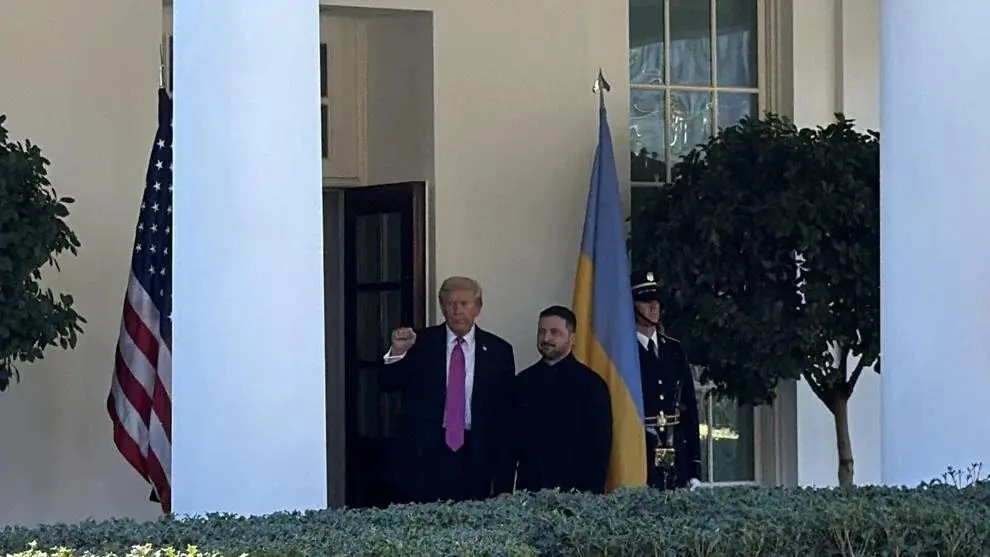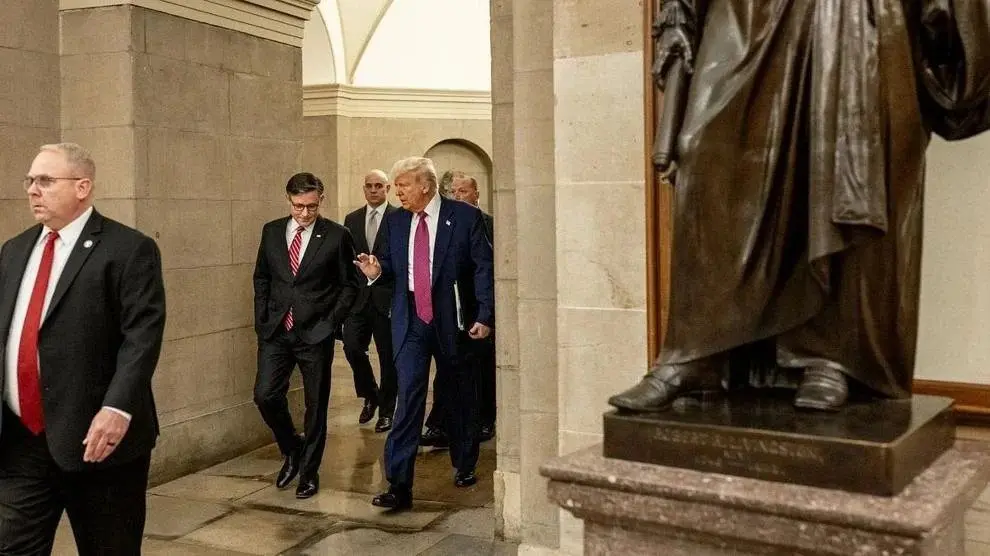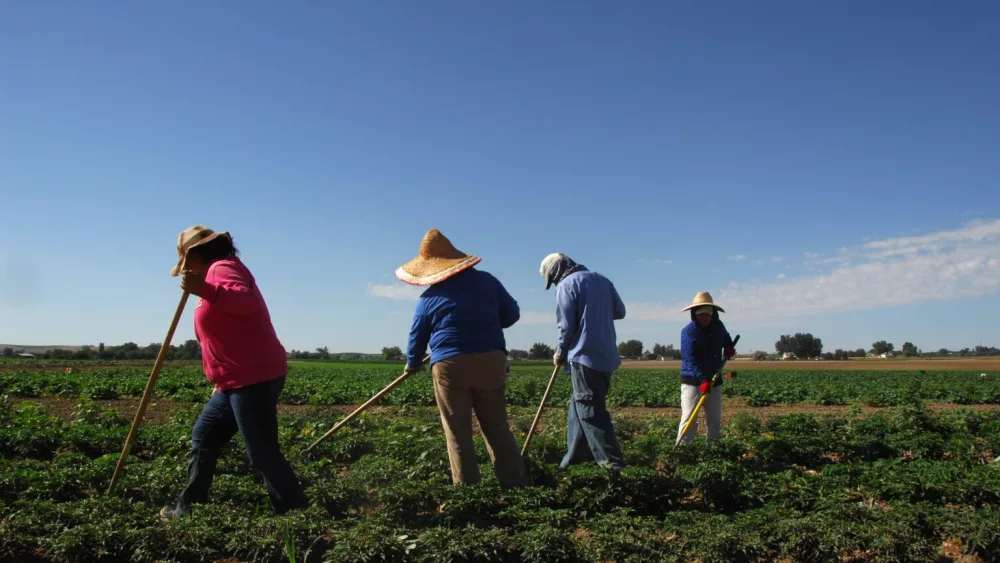LANDOVER, MD – Just before 2 a.m. on Sept. 14, engines roared in a Landover, Maryland, shopping center parking lot as a crowd gathered to watch souped-up cars spin in tight circles under the glow of streetlights. Then one car lost control.
Police say the white Infiniti sedan careened into a woman standing nearby, throwing her against another car. Police documents describe a violent impact that left her with life-threatening injuries: multiple fractures, lung trauma and a breathing tube to keep her alive. She survived and has since been released from the hospital.
The driver sped off, police said, but was later arrested and charged with assault and a range of traffic violations. Prince George’s County has seen at least 12 such takeovers this year, part of a growing trend that has prompted calls for tougher laws and more coordinated enforcement nationwide.
Policing experts say such events — which are often organized on social media and can draw hundreds of people to block intersections, highways or parking lots for stunt driving — have become increasingly dangerous and difficult to contain.
Like a flash mob, participants may swarm in and use their cars to block the streets, forming a circular barricade that stops the flow of traffic. Inside the circle, decked-out cars — often with performance upgrades or flashy modifications — spin, performing donuts, burnouts and other stunts. ATVs and motorcycles may join in. Passengers sometimes hang out of the windows. Tires squeal. Engines roar. Onlookers may gather nearby, filming and cheering.
At some takeovers, people may even ignite fireworks as exhaust smoke fills the air, adding to the chaos.
‘License plate flippers’ help drivers evade police, tickets and tolls
Takeovers usually unfold late at night, typically between midnight and 3 a.m., and can last anywhere from an hour to several hours, depending on the size of the event and how quickly police respond. Officers may first respond by using aerial surveillance to get a sense of the scene before moving in with cruisers to disperse crowds and, if needed, issue citations or make arrests.
Last weekend, street takeovers erupted across four Massachusetts communities — Boston, Fall River, Middleborough and Randolph — where large crowds blocked roads, set off fireworks and clashed with police. In Boston, a police cruiser caught fire after being struck by fireworks, and authorities made seven arrests across the four incidents.
In recent years, cities, counties and states have ramped up enforcement and enacted tougher penalties aimed at deterring what some officials describe as a reckless and fast-growing street takeover culture.
Maryland stepped up its efforts to curb street takeovers through a combination of legislation and coordinated policing. A law targeting illegal street racing and exhibition driving, which went into effect last year, allows convicted violators to have eight or more points assessed against their driving records — which could lead to license suspension or revocation — and carries penalties of up to a year in prison.
In July 2024, Maryland State Police established a regional task force that includes state police, the Maryland Transportation Authority Police, and local county and city departments.
The task force has made 61 arrests, recovered 37 handguns and 13 stolen vehicles, and dismantled 99 takeovers as of Sept. 23, according to state police.
Street takeovers — sometimes called sideshows — have existed in various forms for decades but gained popularity during and after the COVID-19 pandemic, according to policing experts. The events are often livestreamed and shared on social media platforms such as TikTok and Instagram, where they can draw millions of views.
“At a time when staffing is a real issue, departments are having to allocate resources to the problem and come up with solutions,” said Chuck Wexler, the executive director of the Police Executive Research Forum, a national nonprofit think tank focused on policing standards. “It has mushroomed into a big problem.”
Police say the events can endanger bystanders, disrupt neighborhoods and sometimes involve other criminal activity, including vandalism, shootings and the use of stolen vehicles or parts.
In Prince George’s County, at least one street takeover last year was the scene of a homicide, according to local police.
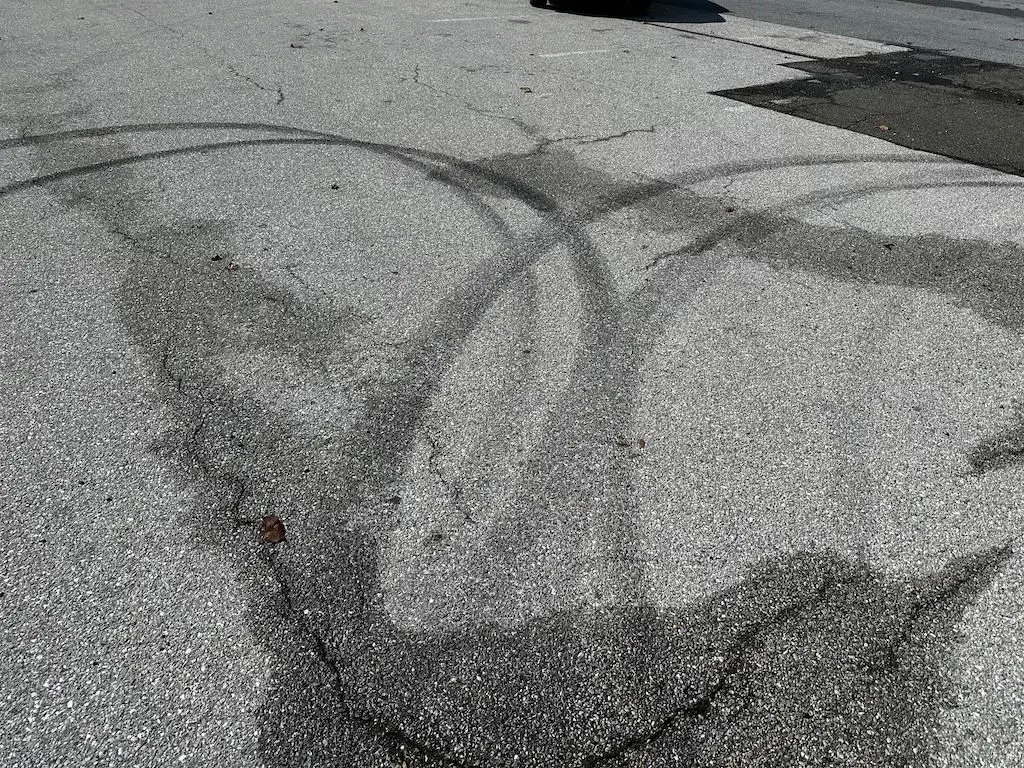
New measures
This year, at least four states — Connecticut, New York, South Carolina and Virginia — have considered legislation aimed at expanding penalties for exhibition driving and street takeovers. Some proposed measures included higher fines, vehicle seizures and jail or prison time, depending on the severity of the offense.
The Connecticut and Virginia measures were enacted into law. The South Carolina and New York bills stalled in their originating legislative chambers.
Connecticut’s new law, which is now fully in effect, imposes tougher penalties on people involved in street takeovers. Anyone with three or more violations can have their driver’s license suspended for two years. The law also allows towns and cities to create their own local rules to address street takeovers. Municipalities also are allowed to destroy ATVs, dirt bikes and mini-motorcycles seized during these events.
Virginia’s law, which took effect in April, also strengthened penalties. People who take part in a takeover could face up to a year in jail, a $2,500 fine or both. Anyone caught riding on a car’s hood or roof can be fined $500. And if a takeover results in someone’s death, the law treats it as a felony, with a sentence ranging from one to 20 years in prison.
Some policing experts say these new laws are a step forward, but note that, like many public safety issues, addressing street takeovers also requires coordination between police and government officials at both the state and local levels.
“This is one case where legislation makes a difference,” said Wexler, of the Police Executive Research Forum.
It has mushroomed into a big problem.
– Chuck Wexler, executive director of the Police Executive Research Forum
More recently, the Milwaukee Common Council passed new fines for spectators and participants in street takeovers. The measure, which will go into effect Oct. 11, sets penalties ranging from $500 to $1,000 for spectators, $400 to $1,000 for drivers or organizers, and $300 to $1,000 for passengers.
The Milwaukee Police Department formed a task force in May to address street takeovers. From Sept. 2 to Oct. 1, the city’s police department responded to at least 30 street takeovers, according to police.
“It’s another tool we can use — something that helps,” said David Feldmeier, an inspector with the Milwaukee Police Department who oversees the city’s uniformed patrol. He added that the new penalties, particularly for spectators, will hopefully make the events less appealing and discourage people from attending altogether.
“We know we have a long way to go,” Feldmeier told Stateline.
In Los Angeles County, the district attorney’s office announced a partnership with law enforcement and other county departments to reduce street takeovers.
Launched in August, the plan aims to increase youth outreach and education, expand enforcement operations and install deterrents at intersections known for takeovers.
California also enacted a legislative package last year targeting street takeovers. The laws, which went into effect earlier this year, make it easier for law enforcement to arrest sideshow participants and to impound vehicles used in illegal activities on streets or highways or in parking lots.
Enforcement challenges
Police say enforcing laws against street takeovers can be difficult and dangerous. The events often draw large crowds, making it challenging to control spectators and maintain public safety. The takeovers also tend to happen in areas that block major intersections or parking lots, which may delay police and emergency medical services from reaching the scene when someone is hurt.
Some policing experts say that targeting takeovers in one area can sometimes push the problem elsewhere.
“Cities have found that if they crack down in their city, the problem will be reduced, and it’ll affect other cities,” Wexler said.
Police departments nationwide have tried a lot of strategies to address the gatherings. Some have used undercover officers, shared intelligence with neighboring jurisdictions and monitored social media to spot events before they happen. In some areas, police have even set up tip lines and offered cash rewards to people who can provide advance information about planned takeovers.
Still, officers sometimes face a disconnect between what people expect police to do and what’s safe or allowed under department policy.
Some residents might want police to immediately chase down drivers, for example, but many law enforcement leaders say high-speed pursuits — especially when no violent crime has occurred — can endanger not only drivers and officers but also the community at large. Police also don’t always know who is showing up to these events or whether attendees may be carrying guns, drugs or other illegal items.
That means police might ease into a crowd to break up onlookers, or let a takeover play out before clearing streets for oncoming traffic.
“You never really know who’s showing up or what their true intent is,” said interim Prince George’s County Police Chief George Nader. “We want the public to know that this is a dangerous thing.”
Stateline reporter Amanda Hernández can be reached at ahernandez@stateline.org.
Stateline is part of States Newsroom, a nonprofit news network supported by grants and a coalition of donors as a 501c(3) public charity. Stateline maintains editorial independence. Contact Editor Scott S. Greenberger for questions: info@stateline.org.

